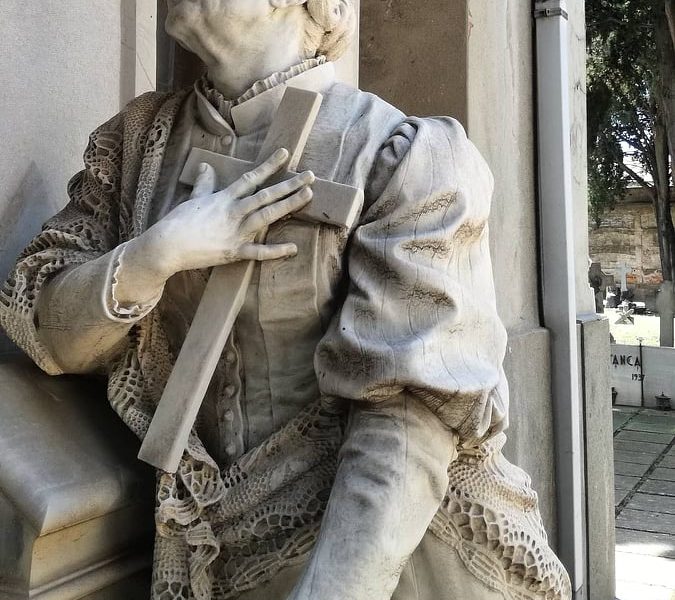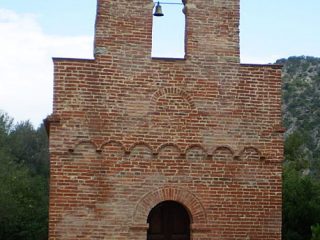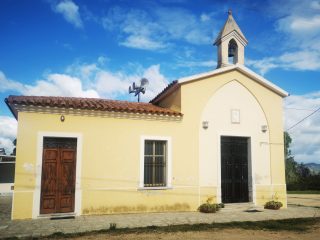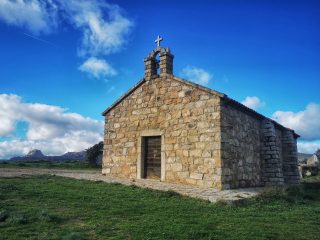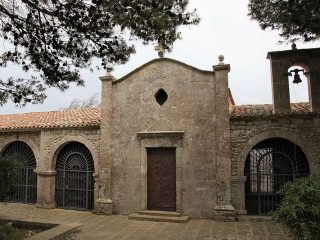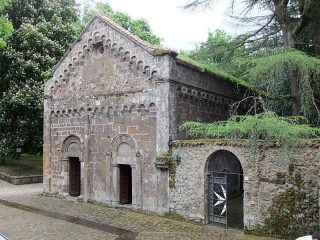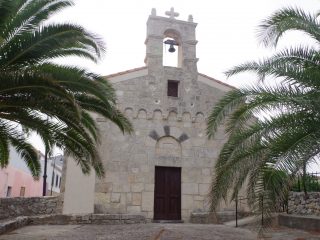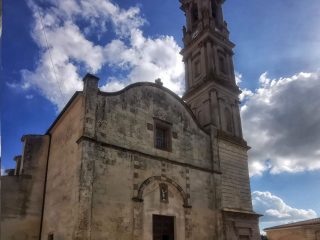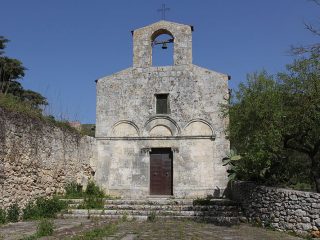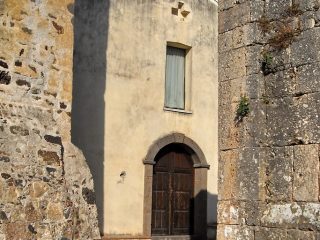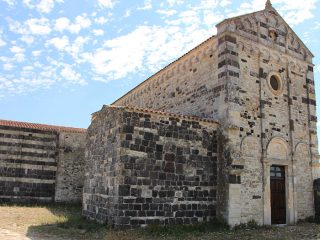The Bonaria Monumental Cemetery spreads across a vast area at the foot of the Bonaria hill. In the past, firstly during the Phoenician era, then the Roman one and finally the Christian era, the area unofficially housed a burial ground.
Before the creation of the cemetery the people of Cagliari usually buried their dead in churches or in areas close to them. The cholera epidemic in 1816 threw this system into crisis. Out of a population of around twelve thousand inhabitants, almost six hundred people died in a matter of months.
Both for logistical reasons, and health reasons, the city’s authorities decided to identify an area outside the city walls where they could establish a civic cemetery. Luigi Damiano, head of the Military Engineering, completed the work in 1828. The site was consecrated by the Archbishop Nicolò Navoni on 28 December of the same year.
After only thirty years, the burial ground was already unable to accommodate all the corpses, due to the rising number of inhabitants in the city. In 1864, the city’s authorities, therefore, commissioned an initial expansion by the architect, Gaetano Cima. The project envisaged the expansion of the area, by literally digging into the Bonaria hillside and creating a series of terraces referred to as the “Gradoni Cima”.
Between the end of the Nineteenth century and the beginning of the Twentieth century, the Bonaria cemetery became the place where Cagliari’s elite wanted to be buried, commissioning funeral works and family chapels. These include the Devoto Chapel, the Monument to Giuseppe Todde, the Birocchi Chapel, the Nurchis Chapel, the Sanna Manunta – Manconi family Memorial and many others.
After the end of the Second World War, with the opening of the San Michele cemetery and the expansion of the city, it was no longer possible to further extend the cemetery.
The decision was taken to shut the Bonaria Cemetery in 1968. Nowadays, however, it is still possible to visit the burial ground, but only the burial recesses purchased prior to 1968.
In 2011, the Ministry for Culture declared it a Monumental Cemetery.


